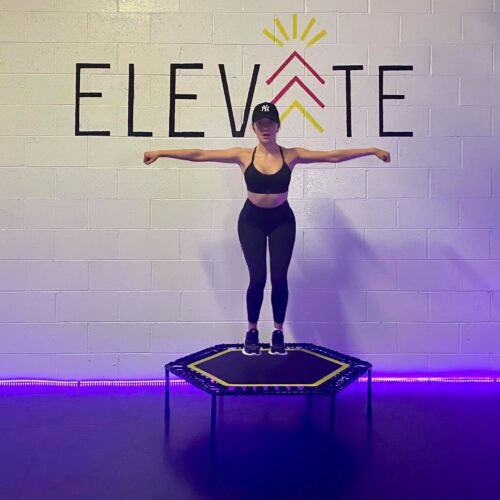FAQ
What are the benefits of Bounce?
The g-force from bouncing helps to build muscles and burn fat quickly, giving you a full body exercise. Bounce is a high intensity exercise that works on firming up your entire body, legs, thighs, arms, hips and stomach all while improving your agility and balance.
How many minutes a day should you bounce?
For detox and lymph drainage, rebound for at least 15 minutes daily. Try three five-minute sessions throughout the day. For weight loss, rebound for at least 15-20 minutes at moderate intensity in one period, at least three times per week.
Can you lose weight during bounce workouts?
Bounce work outs using the rebounder trampoline are an extremely efficient calorie burner. Studies have shown that this form of cardiovascular exercise raises your metabolic rate for up to 24 hours after you get off your mini trampoline, whether you’re working, relaxing or even sleeping.
How long does it take to see results from rebounding?
For moderate intensity 2-3 times a week, you may start getting results between 2 weeks to 2 months, based on your exercise practices and your physical condition.
Should you wear shoes on a rebounder?
Yes. Wearing shoes helps to reduce the possibility of developing pain in your ankles and your feet while bouncing and they will provide more stability. They also prevent irritation on the feet for those with more sensitive skin. Shoes will also help people with flat feet to keep balance while working out.
Is rebounding better than walking/jogging?
While both activities have their qualities, it is safe to say that rebounding benefits your health more than walking and jogging. On average, rebounding burns more calories than brisk walking/jogging over the same period of time. Rebounding offers you more in terms of exercise versatility, as well as availability.




